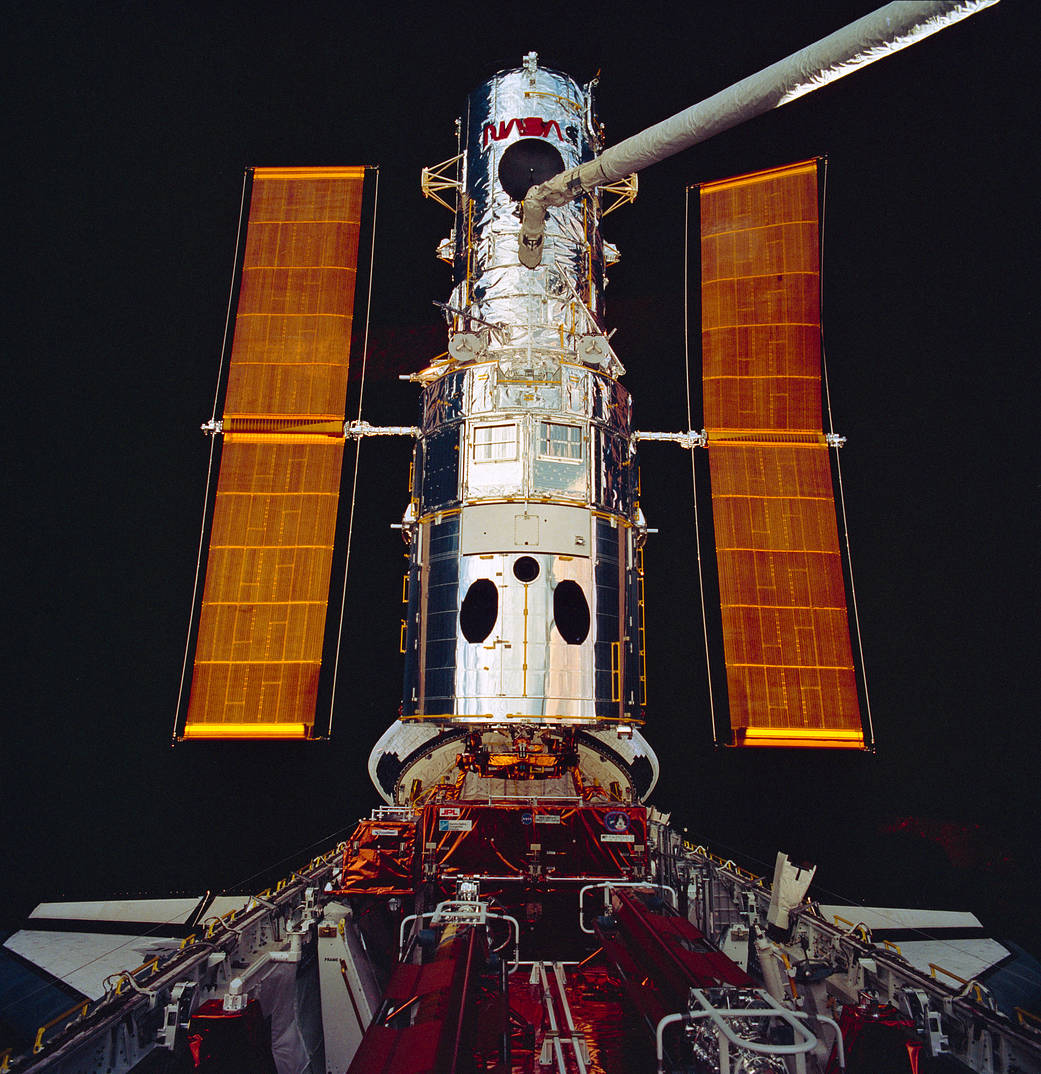I read somewhere that flexible arrays tend do waver when a satellite is rotated so it would make Earth observing satellites have 'fuzzy' pictures. But I also read that Hubble used a flexible array for its panels, which suggests that's a non issue.
Are there mission cases where flexible arrays are a problem? If not, is the choice to use flexible vs rigid a matter of $$ or is there something else?

